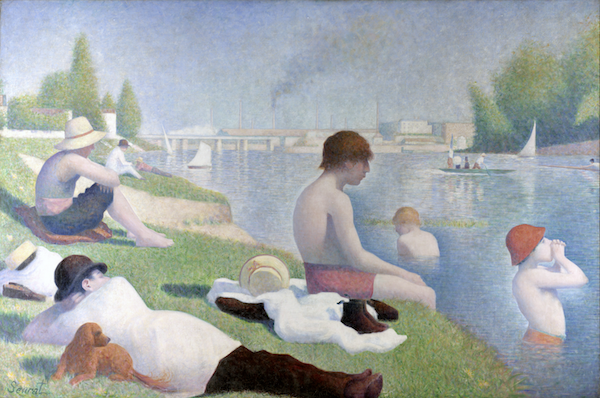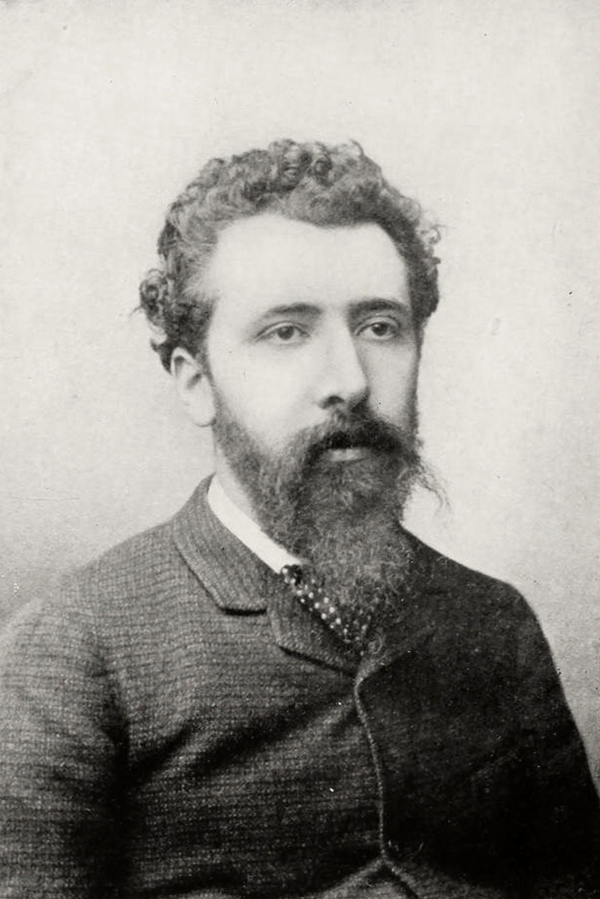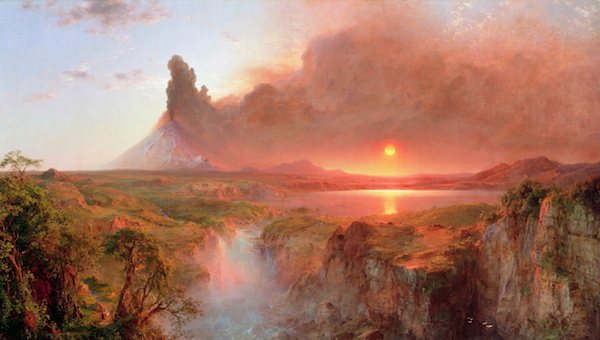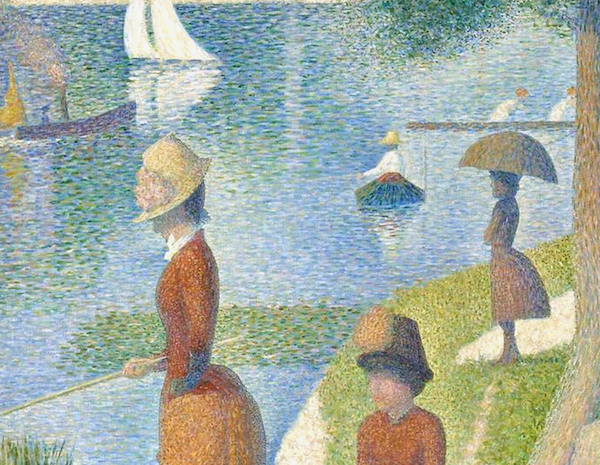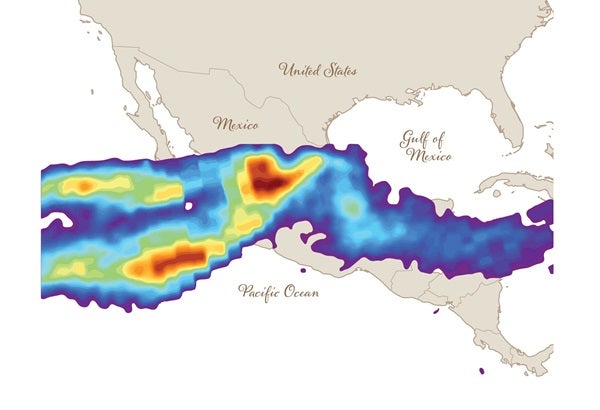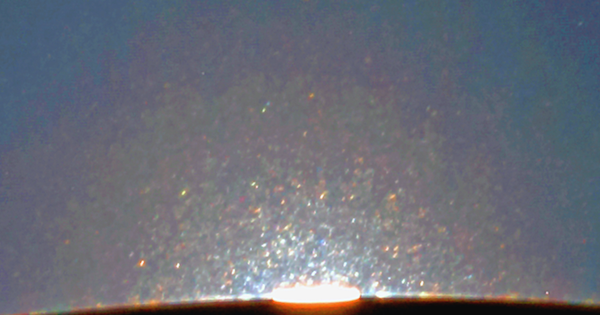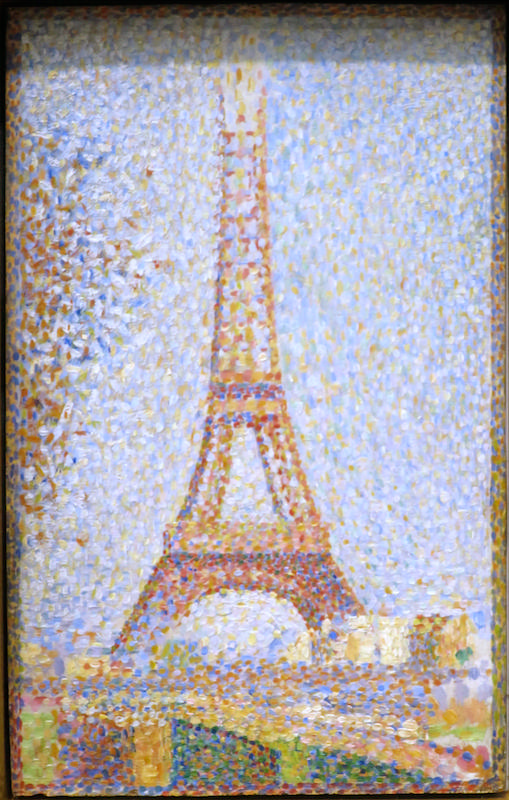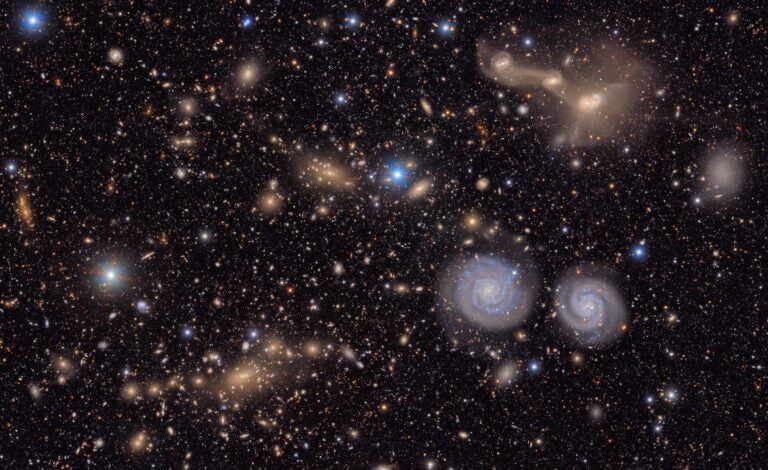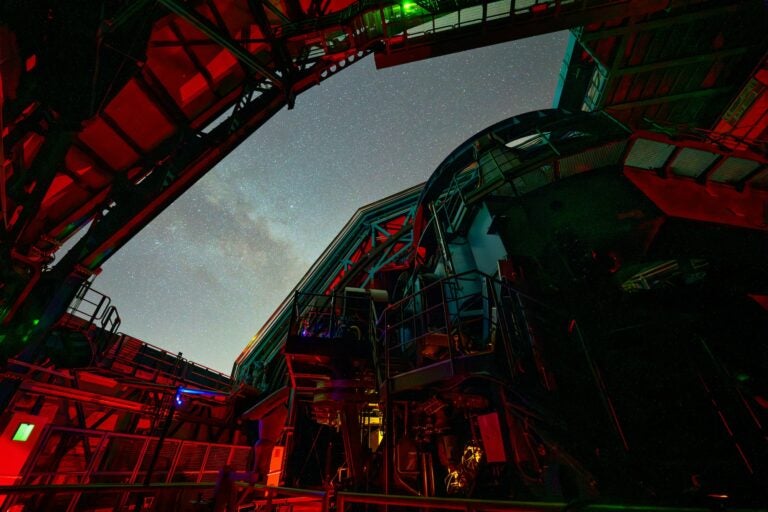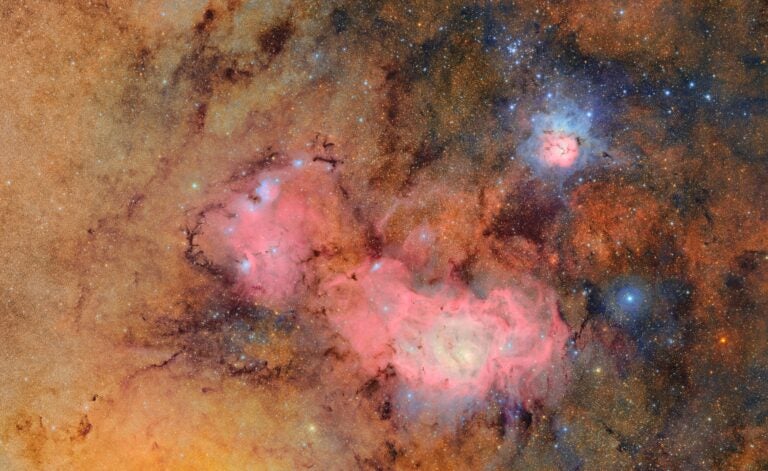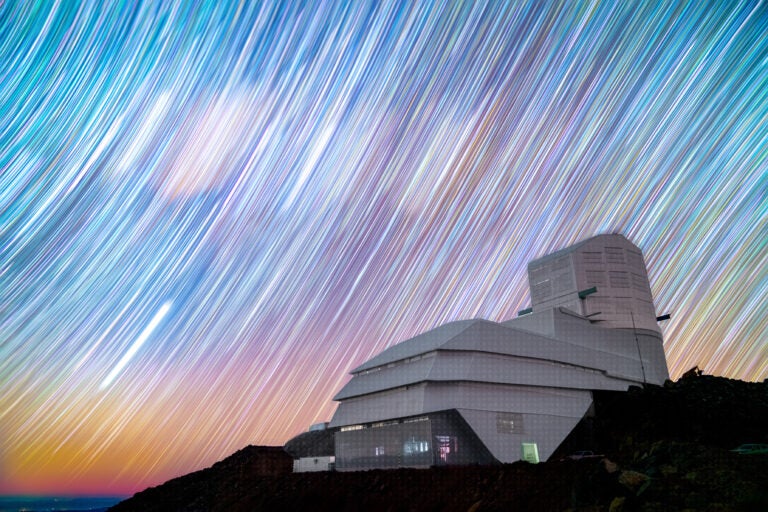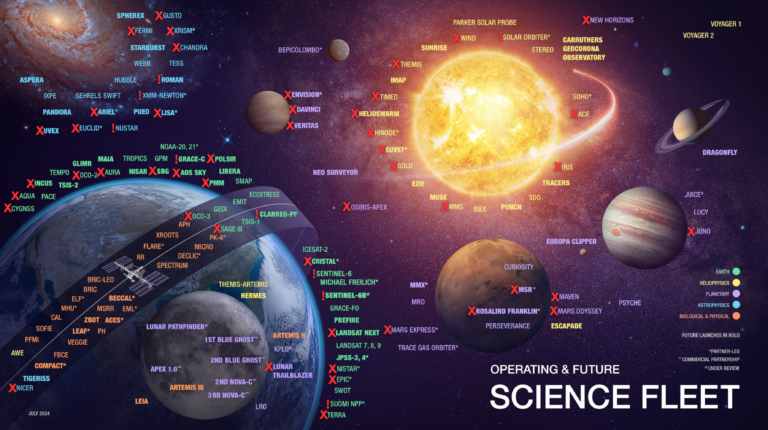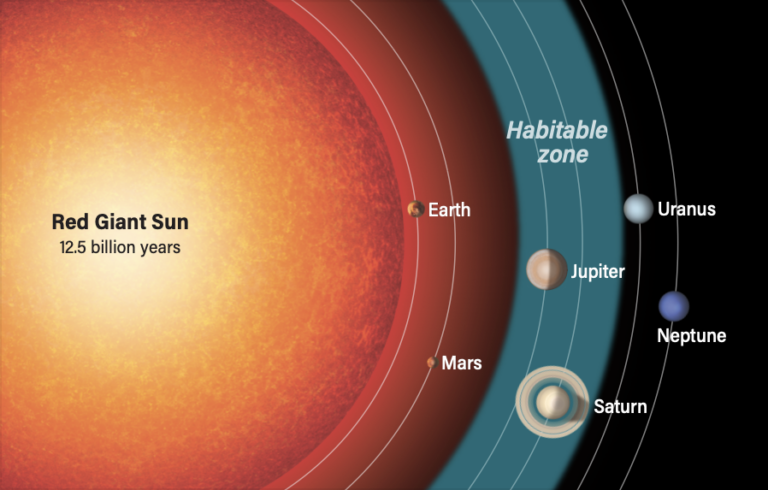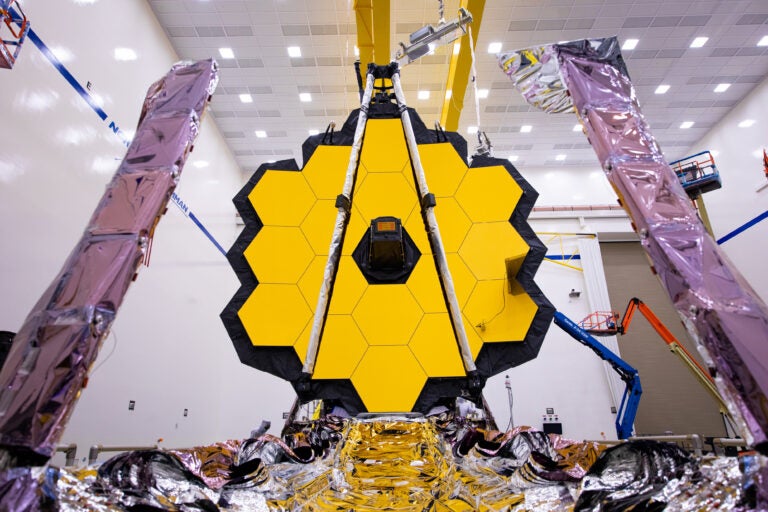The sky as art
A number of 19th-century artists re-created volcanic sunsets in their paintings. Most touted are the works of English landscape pioneer William S. Turner, who spent a year painting the vibrant sunsets induced by the weather-altering 1815 eruption of Indonesia’s Mount Tambora — the most powerful volcanic event in recorded history.
William Ascroft of Chelsea, London, captured what are arguably the most faithful representations of sunset skies infused with aerosols from the 1883 eruption of Krakatau (formerly Krakatoa, also in Indonesia). He made more than 500 crayon sketches of the changing hues, several of which appear as the frontispiece of the 1888 Royal Society publication, “The eruption of Krakatoa, and subsequent phenomena.” And in 2004, Don Olsen of the University of Texas at Austin added Norwegian artist Edvard Munch’s The Scream (1893) to the tally of paintings inspired by the sunsets observed in the three years following Krakatau’s historic blast.
Science on canvas
Born in Paris to a wealthy family, Seurat studied drawing at night school before he was accepted into the École des Beaux-Arts in Paris in 1877. During his two-year stay, he became disillusioned with the academic style of painting — the pedantic use of “hidden” brushstrokes and “licked” finishes to smooth the surface of a painting. At the same time, he was growing enamored of the large, separate brushstrokes in French Romantic artist Eugène Delacroix’s murals, and the radical new styles of Impressionist painters Claude Monet, Camille Pissarro, and others. Their use of visible brushstrokes and experimental application of color, tone, and texture worked together to create a vibrant visual impression of a fleeting moment in life.
More than an artist, Seurat had a keen aptitude for science. He spent hours scouring libraries for books on optics, scientific theories of color, and the principles of design. Specifically, he was keen on the visual effects of complementary colors and the science behind color perception. He probably learned about those subjects in Principles of Harmony and Contrast of Colours, and Their Applications to the Arts, a book written in 1835 by French chemist Michel-Eugène Chevreul.
In his quest to discover a new approach to painting, Seurat turned to science, including Chevreul’s law of simultaneous contrast — how one color can change our perception of another color right next to it. Turning away from mixing paint on his palette, he ultimately began applying thousands of small dots of pure color in broken strokes — or small touches set side by side — directly to the canvas in a precise manner, so that the eye mixed the colors instead. His ever-evolving works achieved such an intensity of light that he believed he had discovered the science of painting.
Seurat had not perfected his Pointillist technique when he painted his first large-scale composition, Bathers at Asnières. Finished in 1884, it only flirted with his still-evolving Pointillist style. Still, one can see in the sky the smoggy effects of air pollution from the industrial chimneys in the distance, giving testament to his pursuit in capturing realistic atmospheric optical effects.
A turning point came in the summer of 1884, when Seurat showed the work at the first exhibition of the Group of Independent Artists, of which he was a founding member. That summer he met with younger Neo-Impressionist artist Paul Signac, who pointed out to Seurat that Bathers lacked the luminosity of other Impressionist paintings — the result of his use of muddy earth tones rather than colors of prismatic purity. As Catton Rich notes in his 1958 book, Seurat: Drawings and Paintings, Seurat’s next monumental work — A Sunday Afternoon on the Island of La Grande Jatte (1884) — “explore[s] to the fullest the new laws and principles which he and Signac were developing.”
Volcanic influences?
Seurat’s use of the technique of chromoluminarism coincides with the optical effects trailing the August 1883 eruption of Krakatau. It seems almost impossible that Seurat and his fellow optical science-oriented artists of the Neo-Impressionist movement would have ignored the profound post-Krakatau skies — especially because the resulting atmospheric optical effects created the most chromatically vibrant skies recorded for a century. And the vibrancy of light was key to the new artistic movement.
But the Krakatau aerosols also performed light magic in the daytime sky, generating diffuse aureoles of complementary light that radiated most effectively at high noon. Such a sight would have had the capacity to inspire Seurat, especially considering that the artist was keen on the science of diffraction and Rayleigh scattering. It would also be appropriate to suggest that the daytime sky, as painted by the Krakatau eruption, stood before the Neo-Impressionists like a visual muse, inspiring new insights into color and tone that perhaps only science-inspired artists could fully appreciate.
X-ray imaging of Bathers at Asnières reveals that Seurat modified parts of it in the mid-1880s, adding prismatic colors in a Pointillist manner that creates a more vibrant feel.
Bathers had not quite been completed by the time Krakatau erupted in August 1883, and the volcano’s associated atmospheric effects only became vividly pronounced over Europe by November of that year. But its optical effects remained intense at least until 1887, and skywatchers continued to record volcanic atmospheric effects to a lesser degree into the early 1900s.
Volcanic skies, then, were present throughout the brief heyday of the French Neo-Impressionist movement, which flourished principally from 1886 to 1906. To understand how these optically vibrant skies may have affected Neo-Impressionist thinking, let’s fast-forward 100 years to 1983, the year El Chichón erupted in Mexico.
On March 28, 1982, El Chichón, a dormant volcano in Chiapas, Mexico, awoke from 600 years of slumber, erupting violently three times in a week. One of the most important volcanic events of the 20th century, the unexpected blast released 7.5 million metric tons of sulfur dioxide into the stratosphere, warming it by 7.2 degrees Fahrenheit (4 degrees Celsius), and cooling the Northern Hemisphere by 0.72 F (0.4 C). The resultant cloud encircled the globe in 20 days and altered Earth’s climate for years afterward.
The stratospheric aerosol cloud initially moved westward from southern Mexico toward Hawaii, where I was living at the time. In a 1983 Applied Optics paper, Kinsell L. Coulson notes that “a considerable enhancement of intensity” occurred throughout the main part of the day, causing a “diffuse type of aureole” over a large portion of the sky. Mauna Loa Observatory lidar measurements over Hawaii in 1982 revealed a sixfold increase in scattering due to aerosols, and a 25 percent decrease in direct incident radiation.
In my studies of the El Chichón-influenced daytime sky, I noticed it had a “nervous” quality, caused by the interplay of minute flecks of complementary colors. This is why I refer to it in my Hawaiian diaries as an Impressionist’s sky. To a casual viewer, the El Chichón aerosols had buffed away the normally crystal blue sky and replaced it with a frost-glass glare of Pointillist light — light predominantly infused with flecks of blue and orange, with dabs of yellow and white, that scintillated with subtle prismatic effects like tossed confetti. This description is reminiscent of one recorded one month after the Krakatau paroxysm by Captain Parson of the Earnock, who noticed the eastern sky before sunrise appeared “silver grey, changing to light blue, flecked with numerous small cirrus trimming, pink and rosy.”
One painting by Seurat moves me each time I view it because it recalls the flecked complexity of the El Chichón sky: The Eiffel Tower, a montage of predominantly blue, red, and yellow points of color painted from a vantage point that looked to the southeast across the Seine, where such atmospheric optical effects would be expected.
Seurat unveiled this painting in 1889. He began working on it around February 1887, before finalizing the painting in his studio just months ahead of the tower’s completion in 1889. During this period, the Bishop’s ring and other aerosol effects were still present in the atmosphere. As T.W. Backhouse reports in a March 1889 issue of Nature: “I am informed by Miss E. Brown, of Cirencester, that she saw Bishop’s ring in full day-time as recently as last month, not far from 12 o’clock one day.”
Adding to the lingering effects of the Krakatau aerosols were aerosols injected into the atmosphere by the 1886 eruption of Mount Tarawera in New Zealand and the 1888 eruption of Mount Bandai in Japan. So it’s possible that volcanic aerosols from three different eruptions contributed to the atmospheric effects we see in The Eiffel Tower, whose Pointillist style is more boldly laid down than in any previous work by Seurat. Furthermore, dual powerful eruptions in 1902 (from Mount Pelée in Martinique and Santa María in Guatemala) created further atmospheric effects until 1905, about when the Neo-Impressionist movement began to wane.
In the nearly 40 years since the El Chichón eruption, I have witnessed similar large-scale Pointillist effects only rarely: after the 1991 eruption of Mount Pinatubo in the Philippines, and once during totality at the August 2017 total solar eclipse in Oregon, where the sky was affected by rippling waves of smoke from forest fires.
I have observed a similar effect multiple times on a microscale with another diffraction phenomenon: the pollen corona (about 3° in angular extent, compared with nearly 90° in the Bishop’s ring). In one case, I was able to photograph the Pointillist effect in the pollen corona, whereby a blue aureole and outer yellow and orange rings were splintered into a blend of juxtaposed prismatic colors, owing to scattering effects of the airborne particles.
Is it not reasonable, then, to at least consider the possibility that the flecked complementary colors in a volcanically infused daytime sky — which persisted in undulations throughout Seurat’s brief span as an artist — influenced his Pointillist technique?
Unfortunately, we know little about Seurat’s methods. He died tragically of an infection in 1891, at the age of 31. The artist left behind little in the way of personal letters and diaries; he also didn’t speak much about his technique. His interest in color theory, however, is well documented, including that he sought a formula for the precise optical effects of his paintings. As Jo Kirby and colleagues explain in an article published in a 2003 National Gallery Technical Bulletin titled “Seurat’s Painting Practice: Theory, Development and Technology,” “It is important to realise that nothing in Seurat’s art seems to have been unconsidered.

